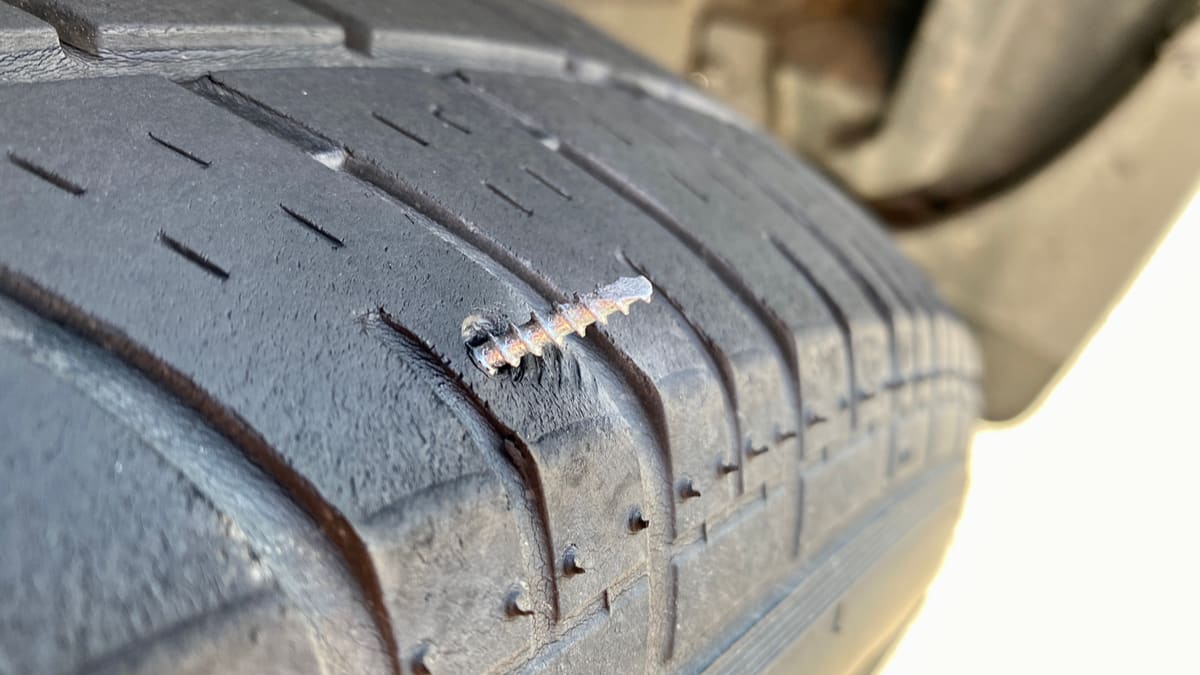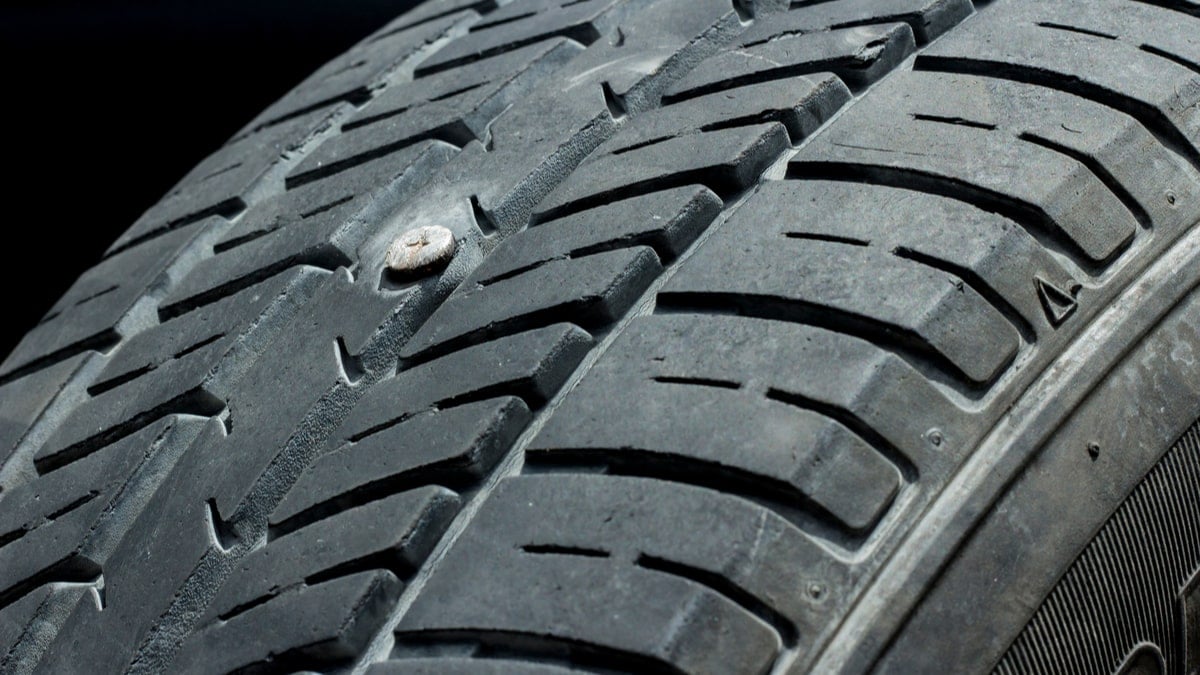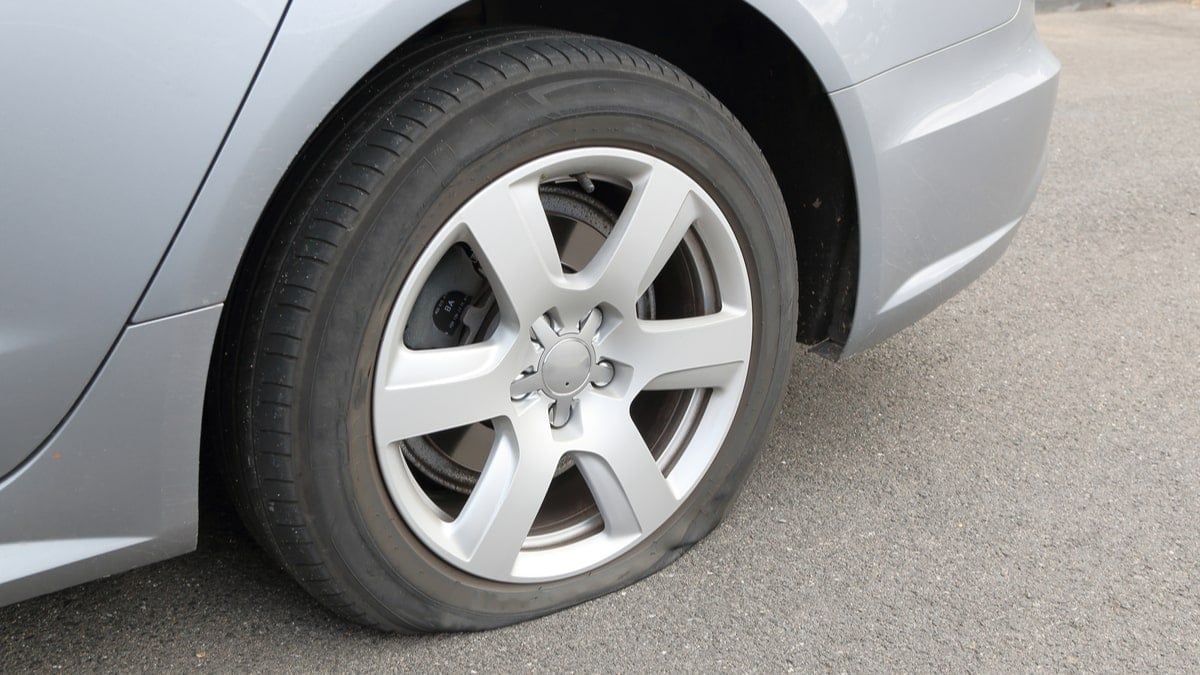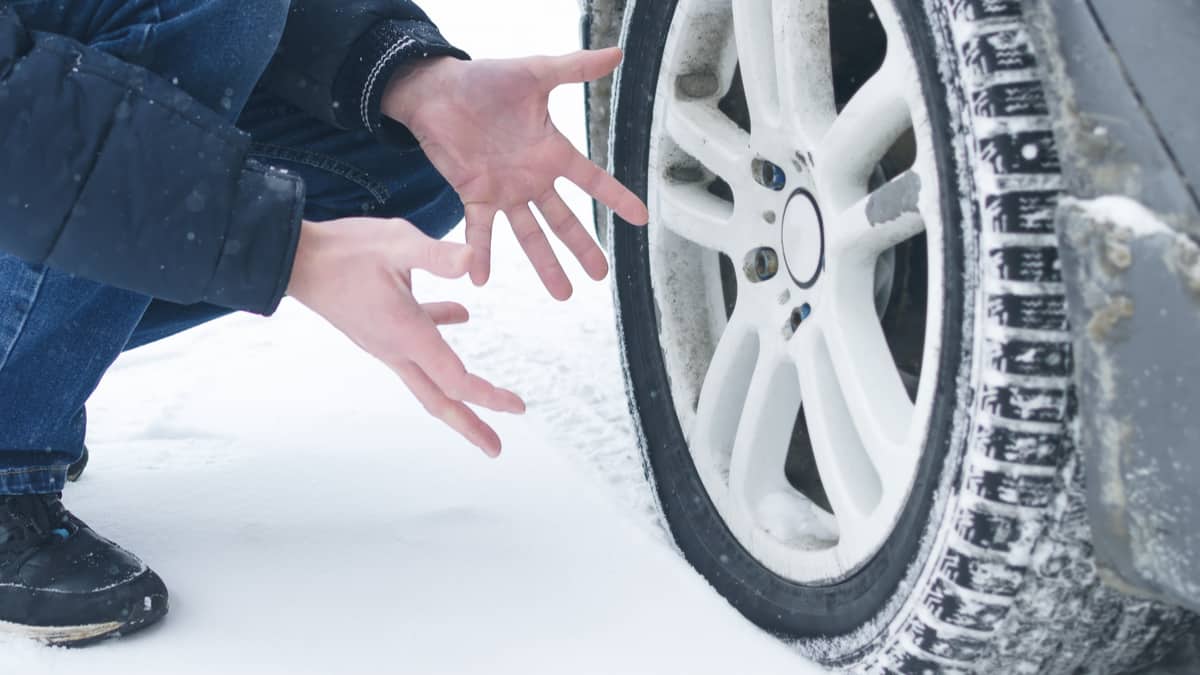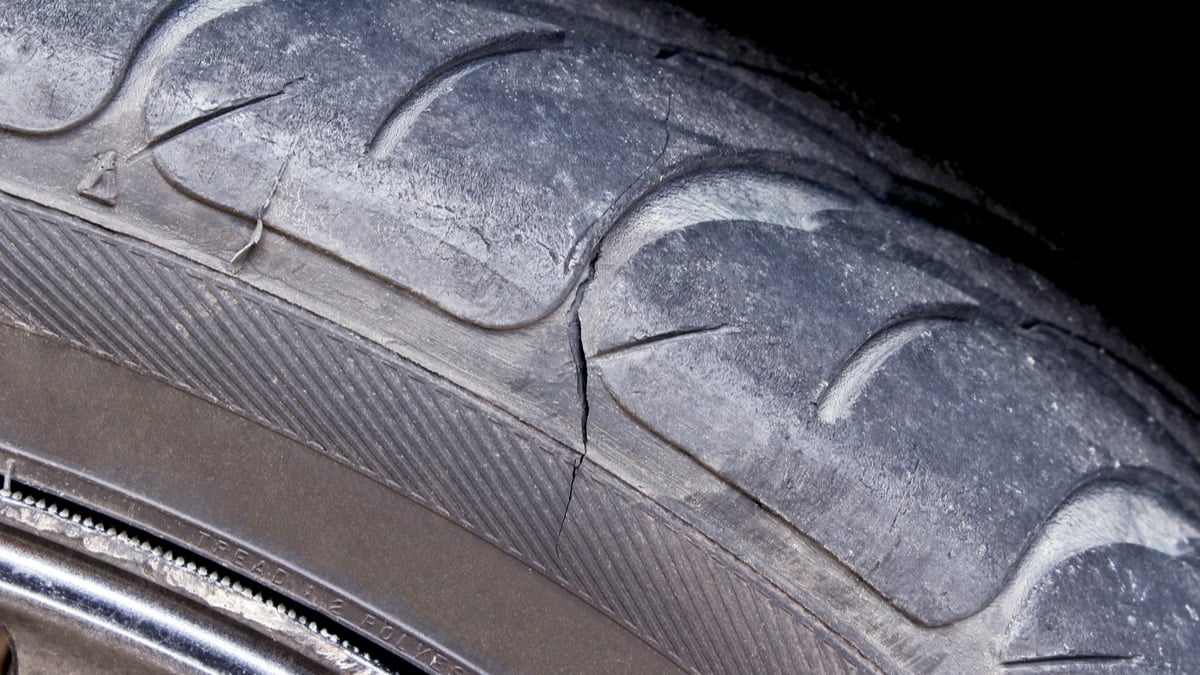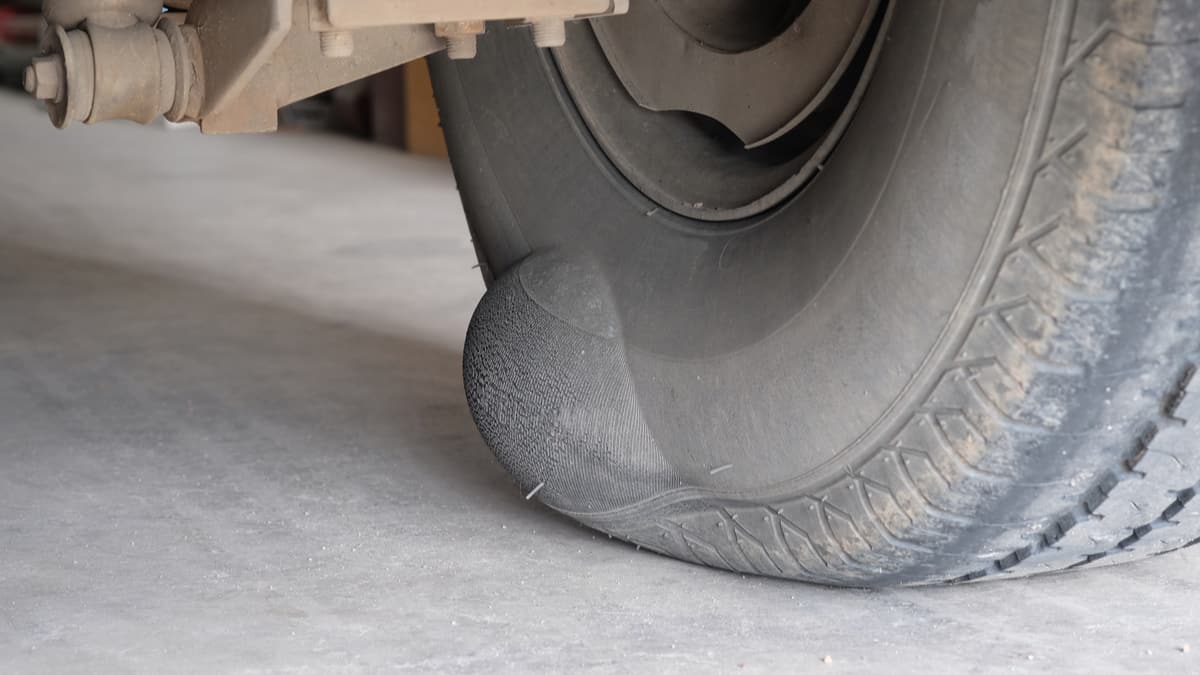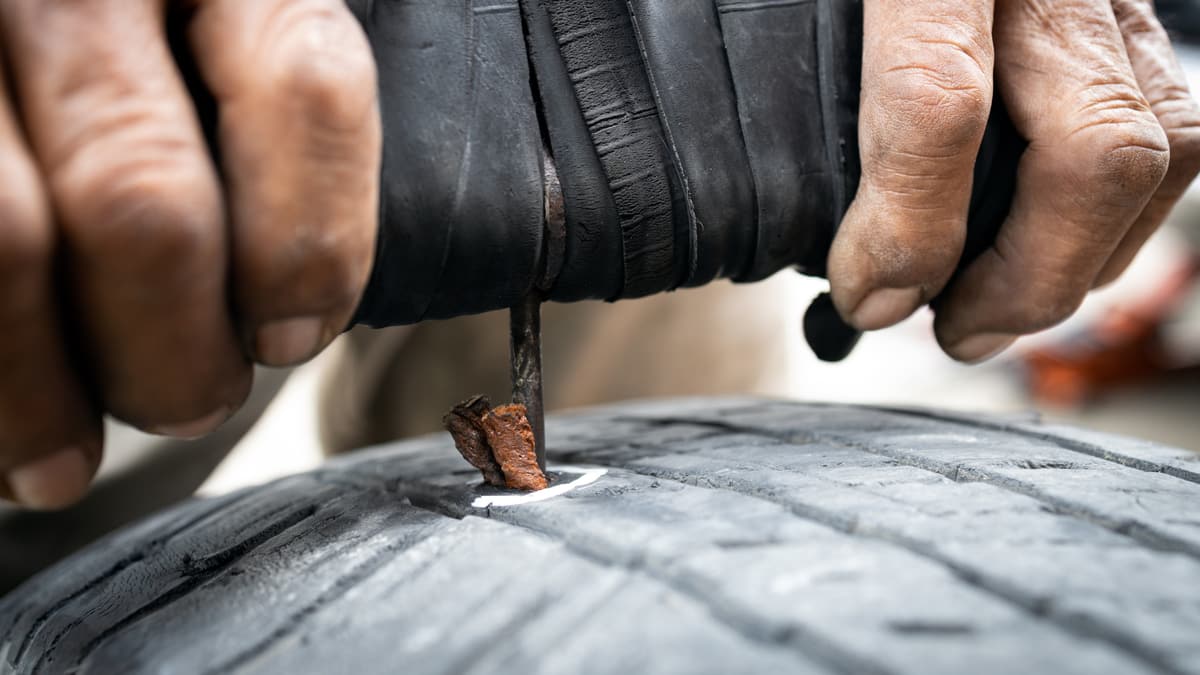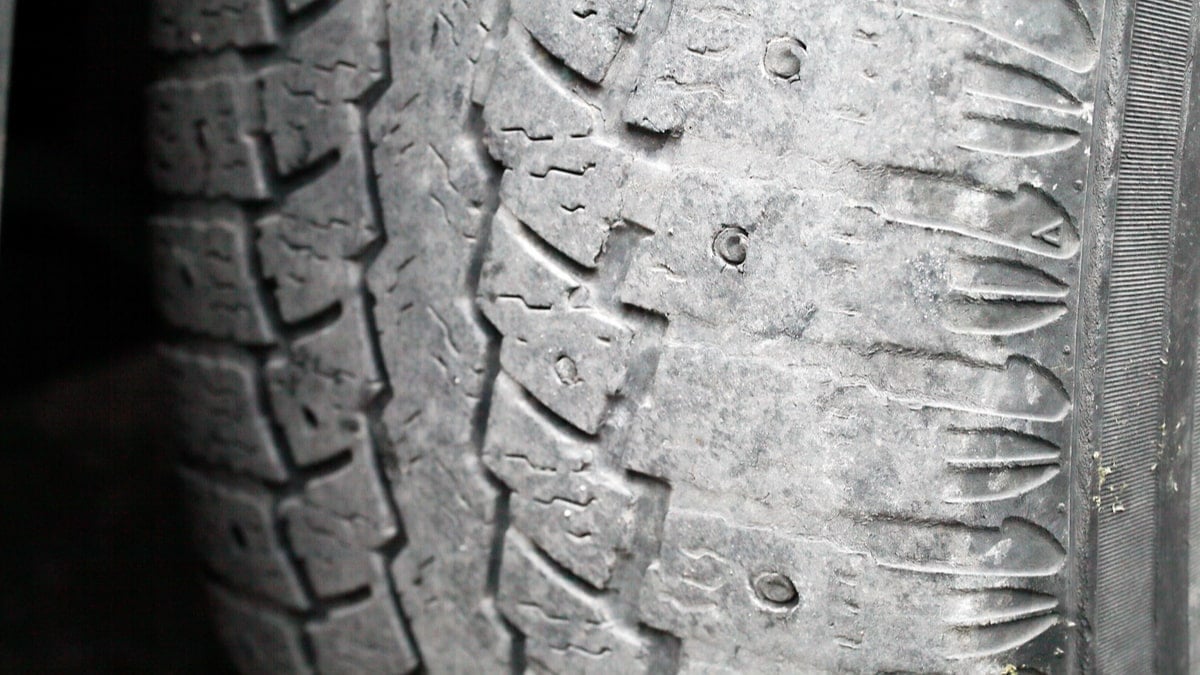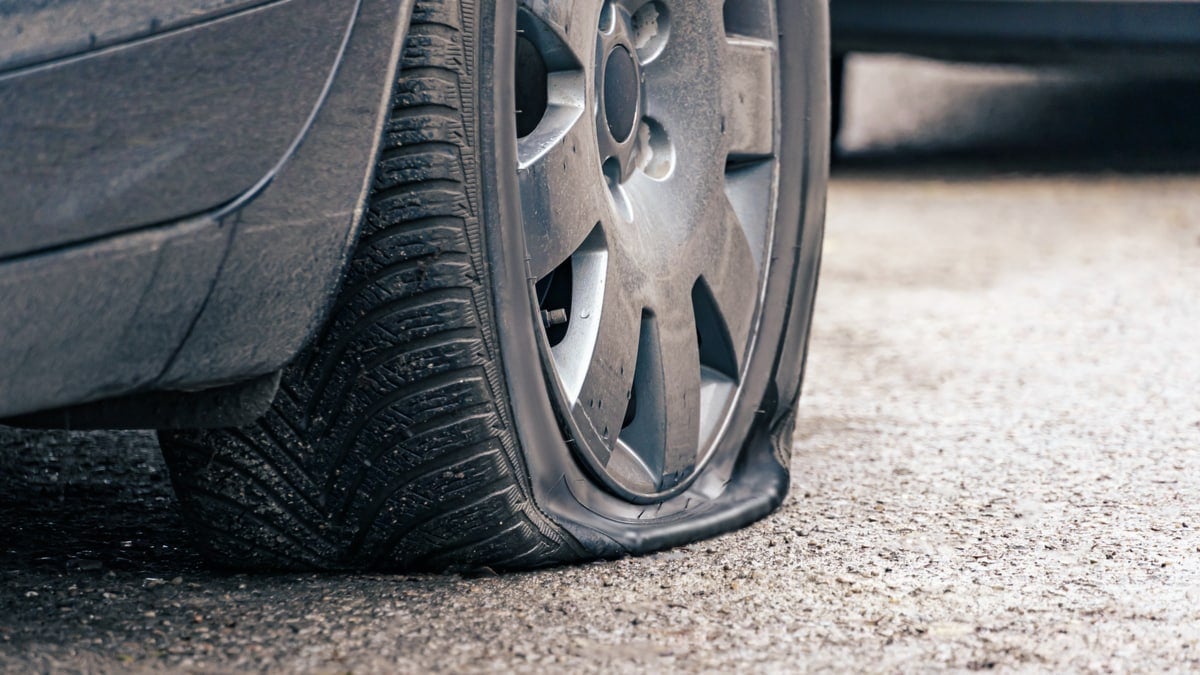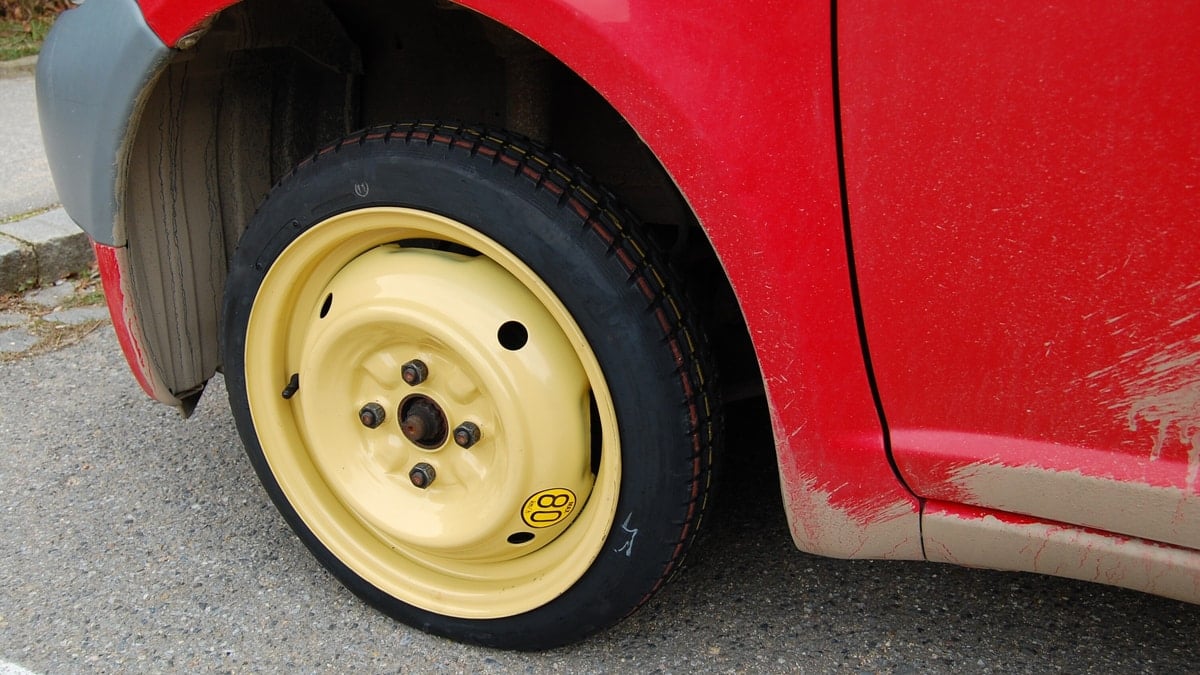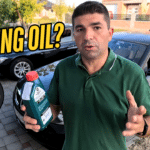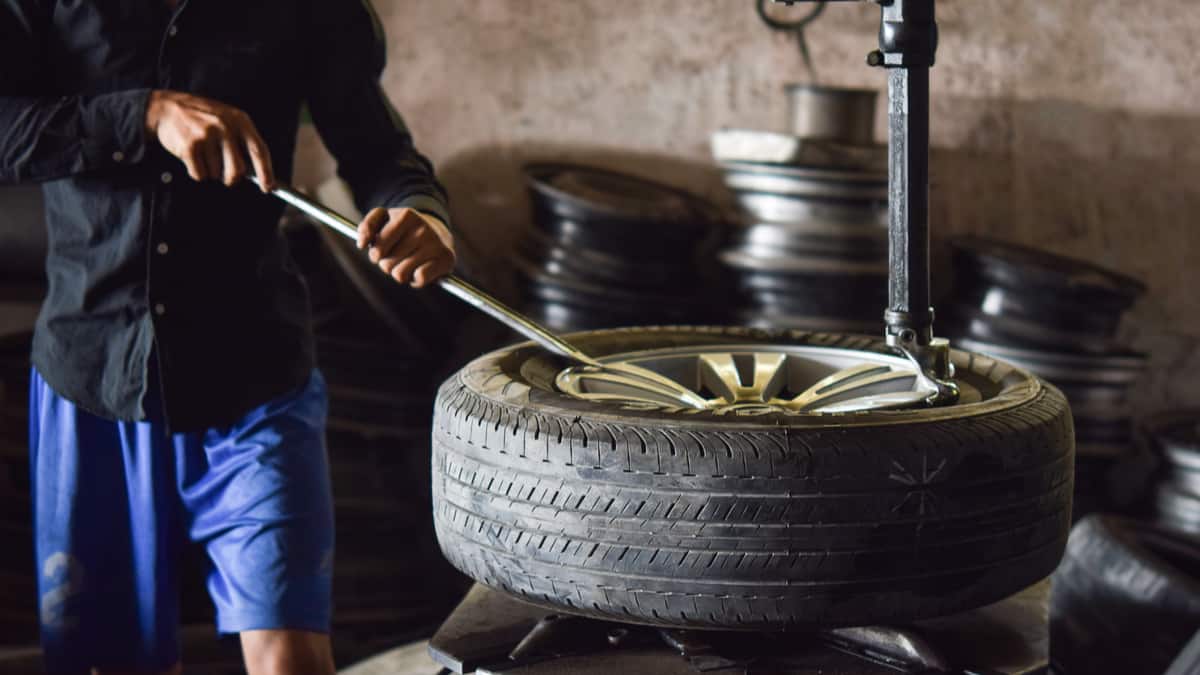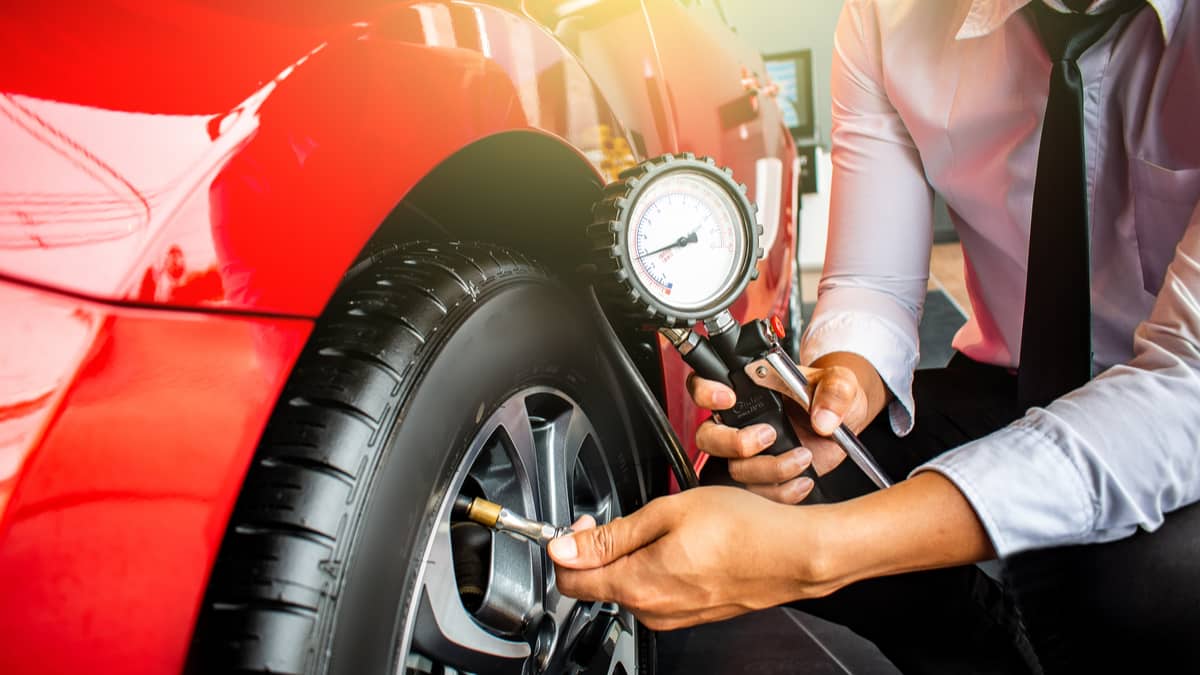Your tires are susceptible to getting just about anything lodged in the rubber, from a nail to a screw. When you get a screw in the tire, you want to know what to do next. Should you keep driving on it or have it repaired immediately? These are all questions you want to know the answer to before you are faced with the situation.
In this guide, I discuss what you should do with the screw in the tire. I also look at reasons to repair it versus why you might consider replacing it. If you choose to repair it, I outline the steps to follow.
What To Do About a Screw in the Tire?
If you have a screw in the tire near or in the tire’s sidewall, you need to replace the tire. You might be able to add air to the tire to get you to the repair shop. However, if the screw entered the tread of the tire, it might be repairable. Have it looked at by a professional if you aren’t sure.
The screw might be temporarily plugging the hole that was created. Every time that tire rotates, the screw will move in the hole, creating a bigger area than what started. As this occurs, air will start to leak and the hole might become unrepairable. Additionally, the tire could blow out.
If there is a hissing sound coming out of the tire, you should pull over and swap it for a spare. The last thing you want to deal with is a blowout as you attempt to get to the tire shop.
Repair vs. Replace: Screw in Tire
1. Location of Puncture
The main consideration comes down to where the tire has been punctured. If the screw went into the tread of the tire, it’s likely repairable.
However, if the screw has entered the side of the tire, you have no option but to replace it. The trouble comes in when it’s between the sidewall and the tread. In most cases, it’s best just to replace the tire and rest easy.
RELATED: What is a Tire Sidewall Damage (& When to Replace the Tire?)
2. Punctured Object
A tire punctured by a nail is often more repairable than any other object. The nail leaves a tiny hole that’s simple to patch.
Screws create more damage because they aren’t smooth and straight like a nail. The threads create a jagged hole, making it harder to repair.
RELATED: Nail in Tire – Is it Safe to Drive with a Nail in My Tire?
3. Age of Tire
Brand-new tires are just as susceptible to blowouts from a screw as an older tires. However, you might be more likely to repair the hole if you just had the tire installed.
Give careful consideration to the costs of a potential blowout. Ruining the axle and suspension or causing an accident is going to be far more expensive than replacing a tire.
4. Level of Risk
What amount of risk are you willing to take? If you are only happy with complete peace of mind, you need to have the tire replaced.
If you are willing to have the hole plugged or patched, make sure you at least choose a reputable shop. Picking technicians with experience and the right equipment helps you reduce the risk slightly.
5. Person Driving Car
Your final consideration comes down to who will be driving the car most frequently. If you are driving the car, it’s much easier to take the risk for yourself.
If your spouse or grandma is driving the car, you might prefer to replace the tire. Some people might not be as equipped to handle a blowout if it occurs.
How to Repair Tire Puncture
If you choose to have the tire repaired, you should take it to a qualified tire shop. However, you could do it yourself if you have the expertise. You will also need special tools, such as a tire changing kit. Here are some basic steps to consider:
- Take the tire off of the car and remove it from the rim.
- Remove the screw by the head with a set of pliers. Pull it out slowly.
- Spray some buffing solution over the puncture hole.
- Buff out the tire with a machine and sandpaper. Move in a circular motion.
- Clean out the inside of the tire with a solvent.
- Apply rubber cement over the area where the patch will sit.
- Remove the sticky portion from a radial tire patch.
- Stick the patch to the inside of the hole. You want to cover the entire hole.
- A rolling tool is required to go over the patch. Roll it in all directions, ensuring that the entire patch has been touched. This tool helps to remove air bubbles from the patch so it sticks better.
- Mount the tire back on its rim and inflate it.
- Check for any air leaks.
- Put the tire back on the car. It’s best to keep a close eye on it for the first few days to ensure the fix is solid.
The directions will be slightly different if the patch used also contains a plug. These are commonly used at tire shops for puncture repairs.
Is It Safe to Drive With Screw in Tire?
No. it is not recommended to drive with a screw in the tire. Even if it’s not leaking air now and it won’t cause any problems in the short term, it could lead to problems in the long term, and you could be stranded down the road.
When the screw first enters your tire, your most pressing concern is whether the air pressure will hold. Additionally, you must consider what will happen if you don’t remove the screw from the tire immediately. The area can become unstable as you drive on it, leading to the separation of the tread.
If you continue driving on the tire with the screw inside, you could end up causing more damage. The likelihood of a blowout is increased if the screw is found in the sidewall of the tire. If you spot a screw in the sidewall, it’s often best to put on your spare tire, just to be sure.
Some people choose to drive on the punctured tire anyway and continue filling it with air. The thought process is that the tire will need to be replaced anyway, so they might as well get their money’s worth out of it. That’s fine, except you could be putting yourself and others in danger, especially if that hole becomes larger and the tire loses air suddenly.
Ideally, you want to have the tire puncture repaired immediately. If it’s fixable, you can opt for that avenue. If the tire needs to be replaced, put a new one on. The cost you are going to spend now is nothing compared to what will happen if you cause a major accident. Don’t take any chances.
Cost to Repair Tire Puncture
If the tire can be repaired, you might spend $10 to $25 to remove the screw and repair the tire puncture. The appointment should only take thirty minutes or less, so you won’t be waiting for the repair either.
Some tire shops will cover punctures if you added road hazard coverage when you bought the tires. If you have the right equipment and expertise, you could also tackle the repair yourself. However, for the cost, it’s often better to trust your local tire shop to get the job done.
Categories: Tires, Troubleshooting
